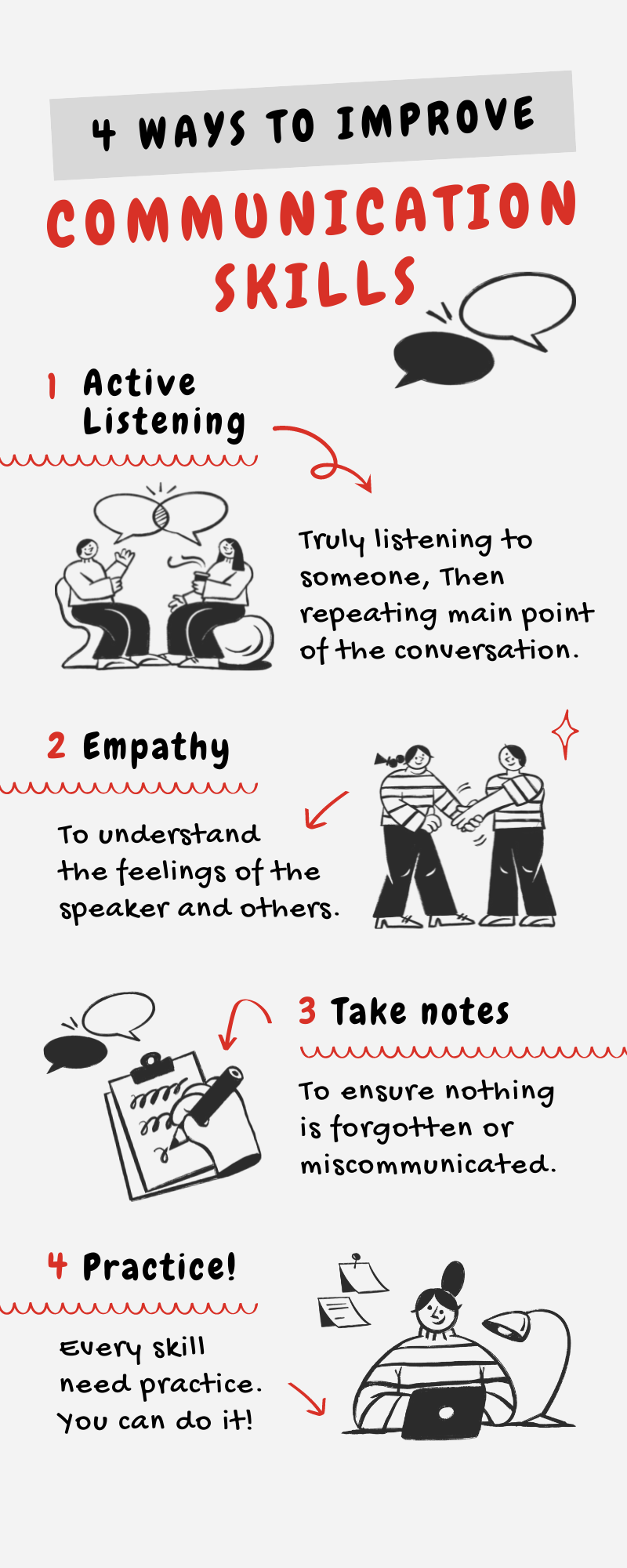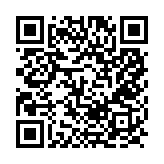Hearing
At Hear Room, we provide tailored guidance on selecting the perfect hearing device that caters to your unique hearing loss, lifestyle preferences, and auditory objectives. Our commitment to delivering a bespoke service to each of our clients is at the heart of what we do. We are constantly in pursuit of the latest technological innovations to craft a hearing solution that ensures you achieve the best possible results. Witnessing the transformative impact hearing devices have on our clients' lives fills us with immense pride.
What sets Hear Room apart:
- A proudly independent, family-run small enterprise.
- Mobile services that conveniently come directly to you*.
- Our team operates without commission-based incentives, guaranteeing that our recommendations for your hearing aid solutions are genuinely in your best interest, priced competitively and affordably.
- We are dedicated to providing superior customer service.
Our staff is fully accredited and committed to ongoing professional development to better serve you. We specialise in providing advanced solutions tailored to your hearing needs and goals.
Hearing services
At Hear Room, we provide a diverse suite of hearing services encompassing:
- Hearing screenings
- Hearing tests
- Hearing aid fitting and management
- Custom musician earplugs, noise plugs and swim plugs
- Wax Removal
- and more
Clinical Office:
Suite 9
7/3972 Pacific Highway
Loganholme QLD 4129

How We Hear

Hearing Devices
Discover a world where superior sound meets personalised care. Our collection encompasses an extensive array of premium and advanced hearing devices, sourced from the industry's foremost manufacturers. Tailored to address the unique requirements of each individual, our offerings promise to enhance your auditory experience, ensuring you don't miss a single beat of life's symphony.
We are dedicated to providing a seamless and convenient service that is adapted to your lifestyle. Our expert team offers professional face-to-face fittings in the comfort of your home, guaranteeing a solution that's effective but also comfortable and discreet. For those who prefer the traditional approach, our clinic is equipped with the latest technology to ensure the perfect fit.
In our commitment to accessibility and innovation, we provide tele-audiology services for select devices and services. This cutting-edge approach allows us to extend our support beyond geographical boundaries, offering expert guidance and fittings through digital means. Just so you know, tele-audiology services are subject to the compatibility of certain devices and specific services.
At the heart of our service is the belief that everyone deserves to enjoy the rich tapestry of sounds that life offers. Whether engaging in a lively conversation, appreciating the subtle nuances of music, or simply enjoying the tranquil sounds of nature, our goal is to provide you with the means to do so without limitation.

IIC / CIC
The invisible-in-the-canal is the smallest custom hearing device on the market and is great for those looking for a cosmetically appealing solution.
This can be fitted to mild to moderate hearing loss.
The completely-in-the-canal sits at the entrance of the ear canal and is slightly larger than the IIC but can be fitted for mild to moderately severe hearing loss.

ITC / ITE
The in-the-canal hearing device is custom-made to fit in the entrance of the ear canal and is a popular custom hearing device, due to its size and full functionality.
Can be fitted to mild to moderately severe hearing losses.
The in-the-ear hearing device is custom-made to fit and houses all the electronics in the shell.
It is easy to manage and insert, and popular with people that have dexterity concerns.
Can be fitted to mild to moderately severe hearing loss.

RIC / BTE
The receiver-in-the-canal or receiver-in-the-ear device is a small cosmetic device that sits behind the ear and transmits sound via a fine wire to a speaker (receiver) that sits in the ear. The receiver is held in place by an ear tip or ear mould.
This is one of the most popular devices in the market today.
Can be fitted to mild to severe hearing losses.
The behind-the-ear hearing device houses all electronics in the unit that sits behind the ear and transfers sound via a tube into an ear mould.
This device is robust and easy to maintain with ear wax.
Can be fitted to mild to severe/profound hearing losses.
Communication Tactics
While your hearing device can enhance your auditory experience in various scenarios, integrating a set of communication skills can significantly improve your ability to hear and utilise your device to its full potential. Beyond the device itself, there are numerous strategies you can adopt to optimise your hearing and comprehension abilities. These strategies, often referred to as "communication tactics", are not exclusively beneficial for individuals with hearing impairments or those who rely on hearing devices; they are advantageous for everyone.
Tips to help you hear better

Be assertive
Inform people you have hearing loss and tell them how they can help you. Most people will be happy to oblige if they understand what they need to do. Explain you don’t need them to shout at you, but to face you when they are talking and speak normally. You might need to remind people of this at times.
Using visual cues
We all “lip-read” to some degree, as we understand how different sounds look on people’s lips when they are talking. We use this naturally to help us figure out what a word might be if we missed it. Keep a clear view of a person’s face by looking at them when they talk and making sure the room is well-lit.
Using context
When chatting with somebody try not to worry about hearing every single word but focus instead on the theme of the conversation. You can piece in missed words if you understand the general context of the conversation.
Reduce background noise
Try to reduce the noise around you when people are speaking, for example, turn off the television or radio, or sit away from the kitchen or entrance-way in a café.
Ask for clarification
If you miss what somebody has said and you can’t figure it out, try to avoid saying simply “I can’t hear you” or “what did you say?” as this will eventually lead to frustration for yourself and those talking with you.Instead, ask them to repeat specifically what you missed. For example, “I’m sorry; I missed where you said you were going on Sunday afternoon?”
Asking for repeats
If you keep missing the same word or group of words, ask the speaker to rephrase what they are saying. You might say “I keep missing that last part about your new car, could you please try saying it a different way for me?”
Importance of concentration and keeping calm
Try to keep calm if you can’t hear well in certain situations. When you miss words you might find yourself getting tense, but this will make it even harder for you to catch up with what has been said. There will be times when you don’t hear so well when you find it almost impossible to figure out the conversation. This is an expected part of hearing loss, even if you are wearing a hearing device. It can help to think about what you can do to help yourself in these situations. For example, can you ask the speaker to write down what they have said? Remember that if you are tired, or unwell, you will likely find it more difficult to concentrate on following a conversation and you might not hear as well.
.png?width=3125&height=3125&name=Logo%20Circle%20(3000).png)
